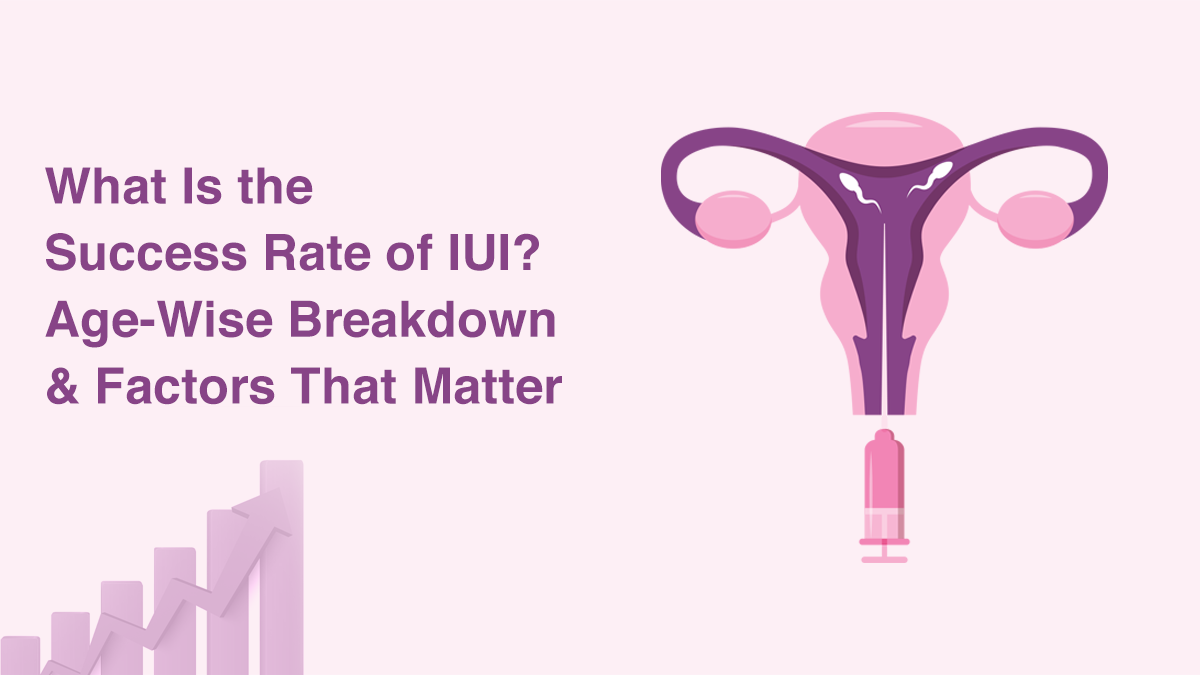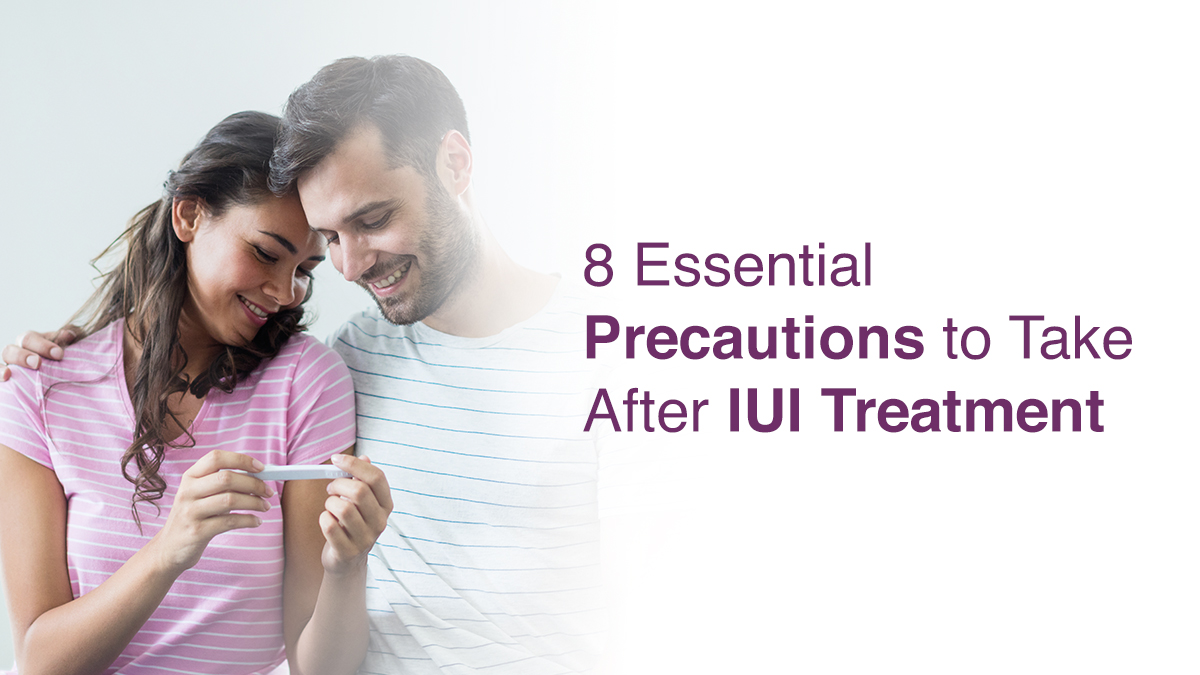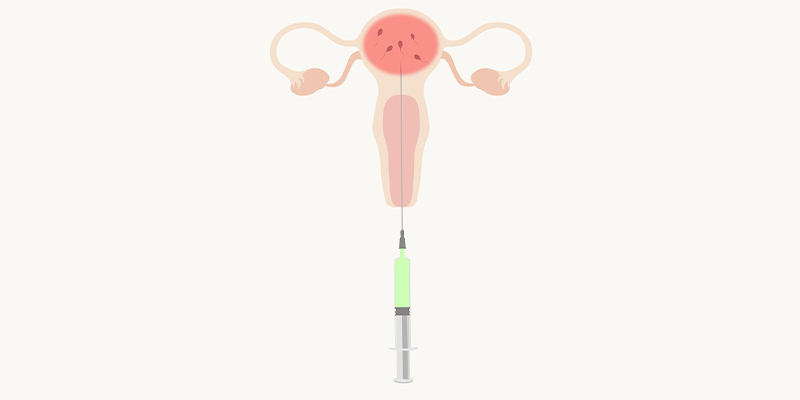User ID: 32 - Username:
[email protected]User ID: 26 - Username: Dr. D. Vijayalakshmi
User ID: 29 - Username: Dr. Deepika Boppana
User ID: 28 - Username: Dr. Keerthana V
User ID: 27 - Username: Dr. Meera Jindal
User ID: 30 - Username: Dr. Pallavi Tapala
User ID: 17 - Username: hema
User ID: 13 - Username: jigna.n
User ID: 12 - Username: kavya.j
User ID: 31 - Username:
[email protected]User ID: 19 - Username: maheswari.d
User ID: 8 - Username: Oasis Fertility
User ID: 14 - Username: parinaaz.parhar
User ID: 9 - Username: Piyush_leo9
User ID: 22 - Username: poornima
User ID: 23 - Username: prasanta
User ID: 15 - Username: pratibha
User ID: 16 - Username: prinkabajaj
User ID: 18 - Username: radhikap
User ID: 21 - Username: rajesh.sawant
User ID: 25 - Username: Ramineedi
User ID: 10 - Username: ramya.v
User ID: 11 - Username: saimanasa
User ID: 20 - Username: shalini
User ID: 7 - Username: shootorder
 Our
Doctors
Our
Doctors Blogs
Blogs
 Patient
Login
Patient
Login









